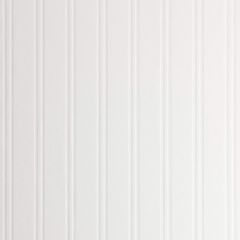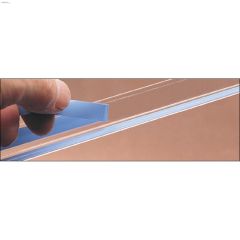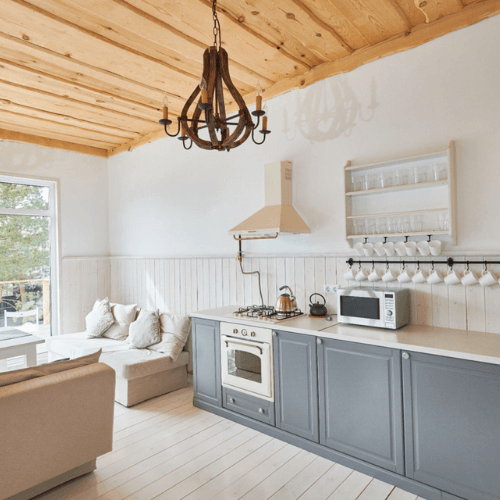Installing Wallpaper
Does the mere mention of wallpaper remind you of your grandma’s house? Modern designs and install options are anything but stuffy. Join the wallpaper revolution to add colour, texture, and patterns to your space. Put the paint brush down and find your new favourite wallpaper at KENT.


Finding beautiful wallpaper is easier than ever with dozens of designs and hues to choose from. Sort choices between those that require glue, or opt for an easy peel and stick option! Novice DIY skills will be needed to carefully install wallpaper with glue, here’s what you’ll need:
- Wallpaper primer
- Wallpaper glue
- Paint roller & tray
- Level
- Utility knife
- Smoothing tool
Before installing, remove any outlet covers or light switches. Repair and smooth any blemishes as needed. Similar to a nail polish base coat, priming your wall will provide a smooth surface for both the glue and wallpaper to adhere to and also aid in removal. Once your wall is prepped, apply small, even sections of glue.
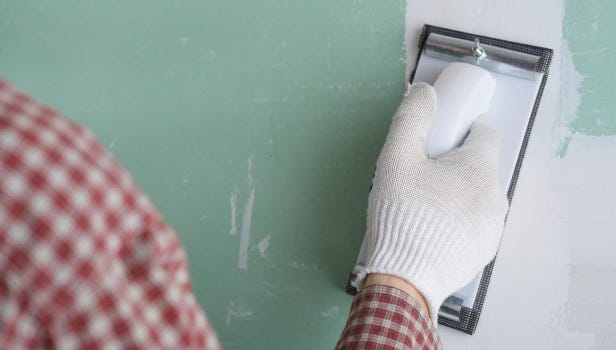

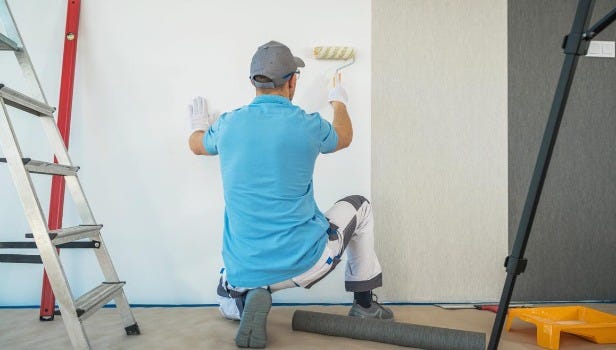

The first panel you hang is the most important! Consider where wallpaper edges will fall in relation to eye lines and corner pieces in order best to disguise overlaps and edges. Always dry-fit sections as needed to ensure your pattern will appear plumb. This can become very difficult if your walls aren’t perfectly square. Always consult a KENT professional when in doubt!
Once you’ve carefully measured and applied glue, begin smoothing small portions of your wallpaper onto your walls. Have a helper hold the paper as you begin smoothing. Do not press too hard as to squeeze out the glue or stretch your wallpaper. Gently smooth seams as you hang your paper and carefully trim overlap with your utility knife and/or scissors as needed. Wipe away any glue residue with a damp sponge after hanging each section to prevent trying to scrape off cured glue.
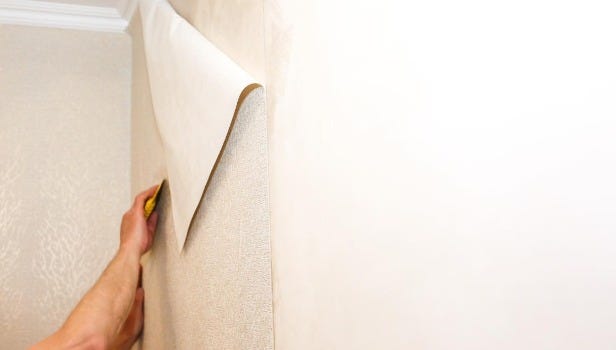

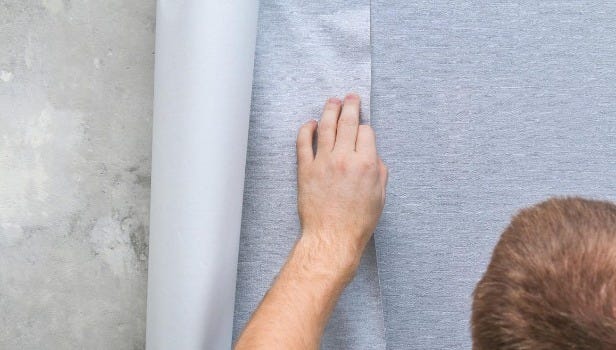

If glue isn't for you, opt for a more user-friendly peel and stick wallpaper! Prep and repair your wall as needed, measure twice, and begin sticking! If your wallpaper has a large pattern, consider working from a focal point outwards for the optimal placement. Work in small sections gently smoothing on your wallpaper. Avoid stretching your paper as you apply it to prevent creasing. If there is a small bubble or crease in your paper, proceed cautiously to gently score the center of the bubble to help smooth it down.
Peel and stick paper can be easier to remove than traditional wallpaper, making it perfect for temporary spaces or rentals. It’s also a good option for small scale projects or to test before committing. Without glue, edges and corners could be more prone to peeling overtime. Glue will always ensure a more secure stick but require a more skilled application.

